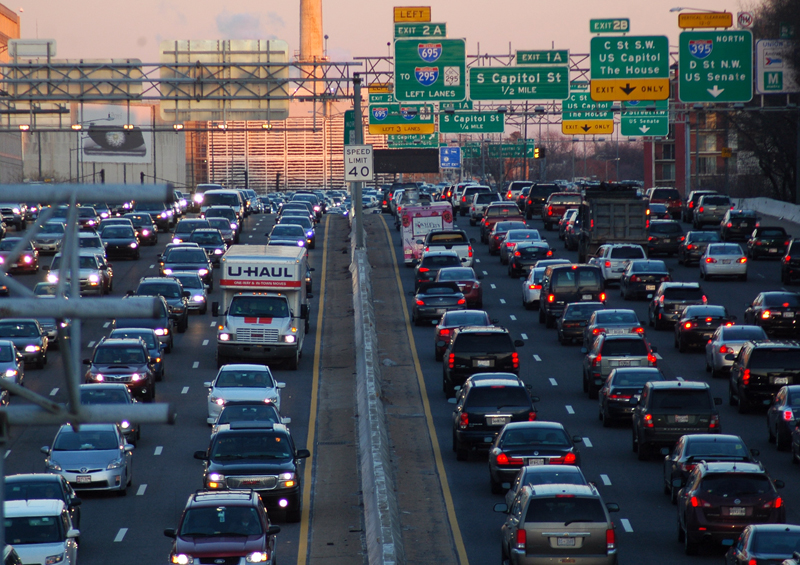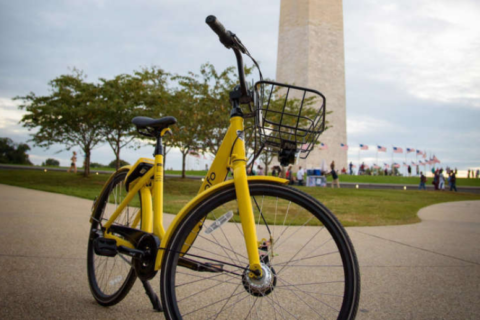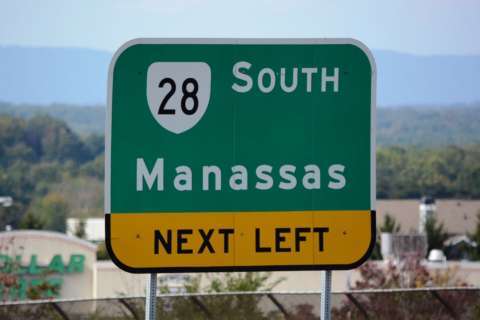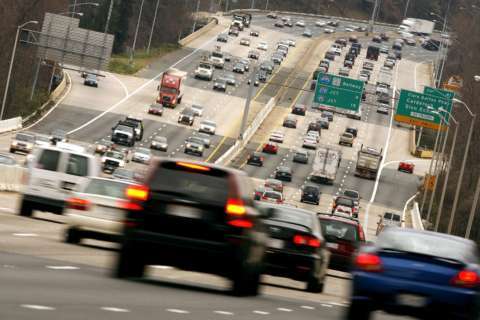WASHINGTON — Frustrating traffic backups on Interstate 66, Interstate 95 and other area roadways won’t disappear anytime soon. But some interesting transportation trends and factors are slowing the increase of “vehicle miles of travel,” the total amount of travel on area roads at all times of the day.
An aging population, boosts in teleworking, smart development and pedal power have contributed to slowing the increase in total travel on roadways over the past 10 years, despite declines in Metrorail ridership.
“In spite of pretty substantial regional growth in population and employment, we’re actually seeing fairly flat increases in vehicle miles of travel,” said Timothy Canan, planning data and research program director for Metropolitan Washington Council of Governments’ Transportation Planning Board.
“Older adults, 55 and older, as they head into retirement, are tending to stay here,” Canan said. “In the past, they might have retired and moved away. Now, we see a lot more aging in place … and these older adults are taking shorter and fewer trips.”
Embraced by the biggest employer in the region, the federal government, alternate work schedules and telecommuting are helping trim the number of road trips.
“We’re seeing a tremendous increase in teleworking in the region,” Canan told COG’s Transportation Planning Board. Thirty-two percent of D.C.-area workers telecommuted at least a little bit in 2016, the last year data was available for the study.
Encouraged by the regional council’s recommendations, communities throughout the area have focused development in recent years in areas of mixed residential and commercial properties close to transit hubs. This so-called “smart development” is yet another factor that has helped flatten total travel.
Bicyclists and walkers have also helped, in a small way.
“That’s the fastest-growing mode of commute in the region. It happens to be the smallest mode of commuting in the region, but it’s the fastest-growing,” Canan said.
“The more people can have a choice of travel modes in the region, it takes pressure off the single mode that’s been so dominant for so long, which has been the vehicle,” he said.
Despite the trends and factors cutting into travel on area roads, make no mistake: Vehicles remain the dominant force on roadways.
“Drive-alone is far and away the largest travel mode for commuting in the region — more than 60 percent,” Canan said.









